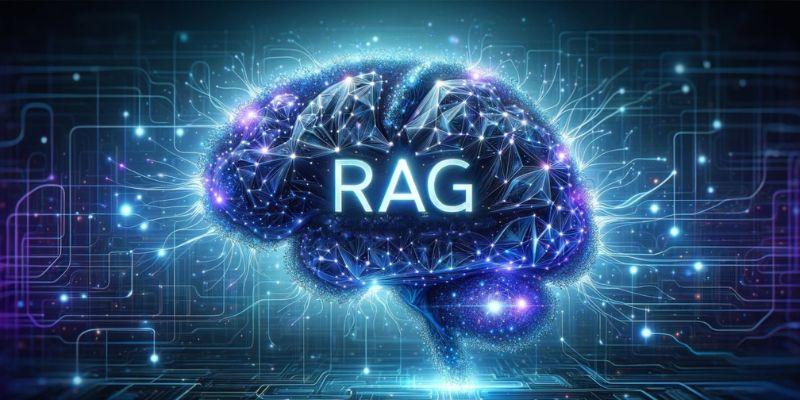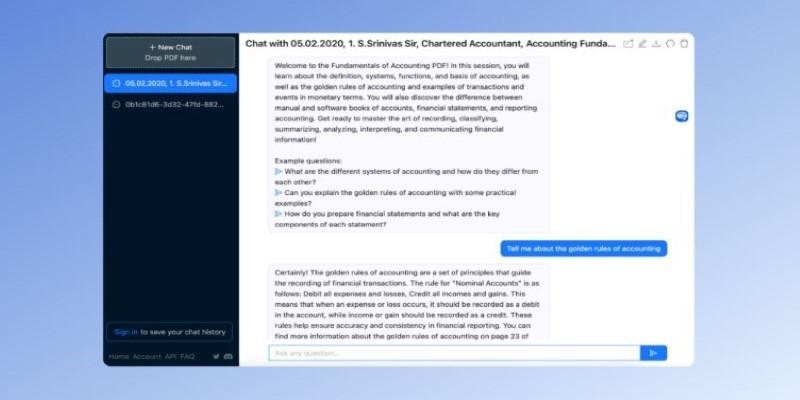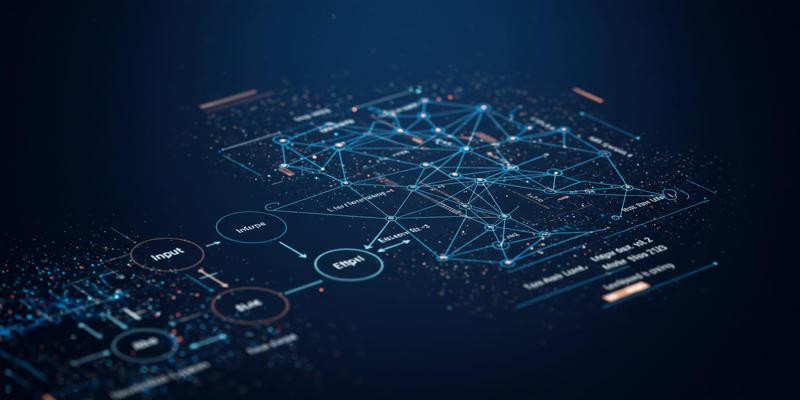Retrieval-augmented generation (RAG) represents a significant advancement in natural language processing (NLP). It combines large language models (LLMs) with information retrieval systems to enhance factual grounding, accuracy, and contextual relevance. This hybrid approach provides AI with more accurate information than traditional models. RAG uses external data to answer complex queries and support precise decision-making.
Understanding RAG is essential for improving AI applications for businesses, developers, and researchers. In this article, we explore RAG’s key features, benefits, and applications to help you use this technology effectively.
Retrieval Augmented Generation is an AI technique that combines language generation with knowledge retrieval. Unlike conventional language models that rely solely on pre-trained knowledge, RAG queries external databases, documents, or APIs during text generation. This ensures responses are grounded in real, up-to-date information.
RAG consists of two main components:
The Retriever efficiently searches through significant external data sources to locate the most relevant information for a user’s query. It carefully filters through vast amounts of data to ensure its content is accurate, timely, and contextually appropriate. This process lays a solid foundation for generating reliable and informative responses.
The Generator takes the information provided by the Retriever and transforms it into coherent, contextually appropriate outputs. It synthesizes the retrieved data, applies logical reasoning, and creates accurate, actionable, meaningful responses tailored explicitly to the user’s needs. This approach enhances the reliability and precision of AI-generated content.
RAG comes with several advanced features that make it suitable for modern AI tasks:
These features ensure that RAG provides reliable and actionable information in AI applications.
Implementing RAG offers multiple advantages for AI development and business solutions:
RAG has a wide range of practical applications across industries:


While RAG offers many benefits, it also presents specific challenges:
Retrieval Augmented Generation (RAG) represents a significant advancement in AI technology, bridging the gap between language generation and real-time knowledge retrieval. RAG ensures accurate and up-to-date responses for various applications by combining retrievers with generators.
Its benefits, including enhanced accuracy, improved efficiency, and adaptability across industries, make it an essential tool for modern AI solutions. Although challenges like data quality and computational costs exist, following best practices ensures successful deployment. Start exploring RAG today to build AI systems that deliver reliable, actionable, and innovative outputs.

Find out what Retrieval Augmented Generation (RAG) is. Explore its key features, benefits, and real-world applications.

How clique-based compression and advanced techniques revolutionize efficient graph storage and analytics for large, clustered graphs.

How building safe, reliable, and ethical AI systems can unlock their potential while minimizing risks and gaining public trust.

How AI revolutionizes productivity, education, and business by fostering collaboration between technology and human intelligence.

Learn the top 5 ways for efficiently analyzing Power BI performance using DAX Studio for better insights and analysis.

Google wants you to use AI for your next vacation by turning complex travel planning into an easy, conversational process. Discover how its AI travel planner simplifies everything from trip ideas to bookings

How to connect Bard to Gmail, Google Docs, YouTube, and other popular Google services. Learn how Bard extensions help streamline tasks and improve productivity by linking your favorite tools in one place

Tired of scrolling through huge documents? Chat With AI to Summarize Obnoxiously Long PDFs and get quick, relevant insights without reading every page. See how AI summarization simplifies your workflow

Explore the differences between Midjourney and DALL·E 3 to find the best AI image generator in 2025. Compare styles, accuracy, usability, and more

How educational assessment techniques can improve how we evaluate large language models' inference capabilities, moving beyond accuracy metrics to assess true reasoning and understanding.

Discover powerful AI apps transforming productivity, creativity, communication, and everyday problem-solving

Discover eight real-world AI in e-commerce examples for 2025, from smarter shopping to personalization and future growth.